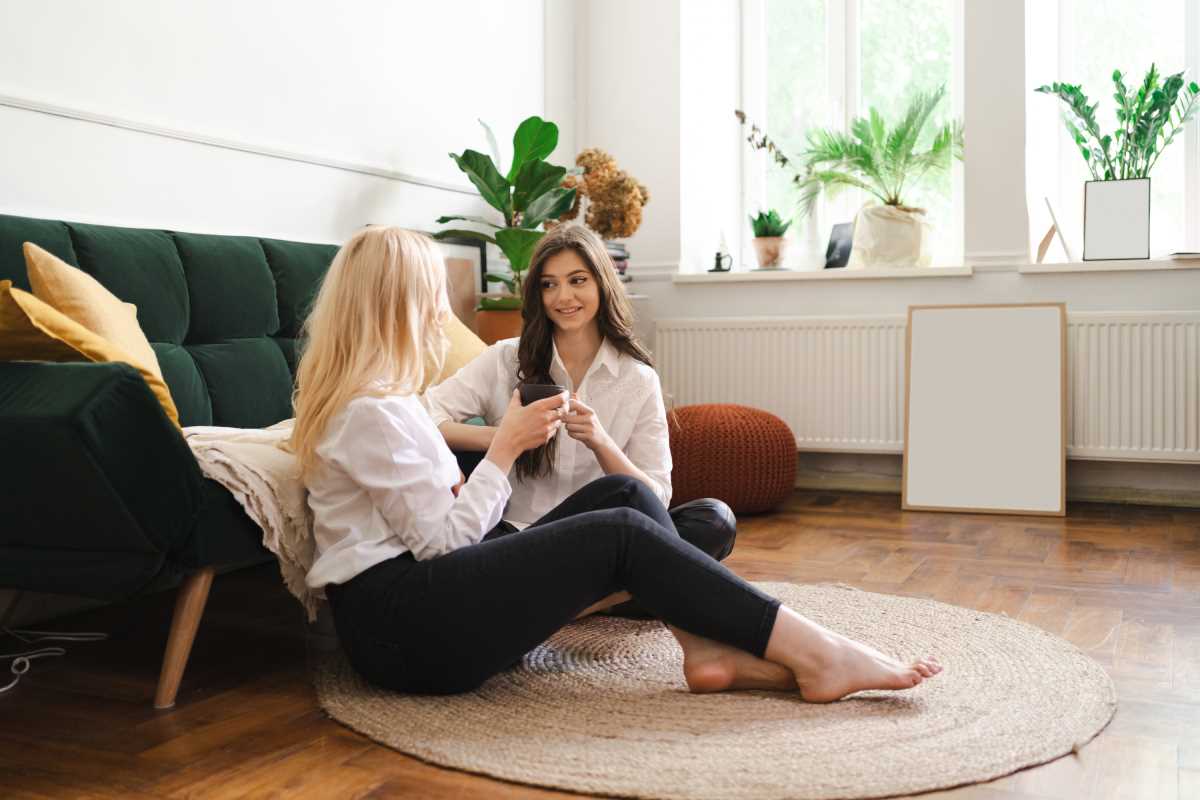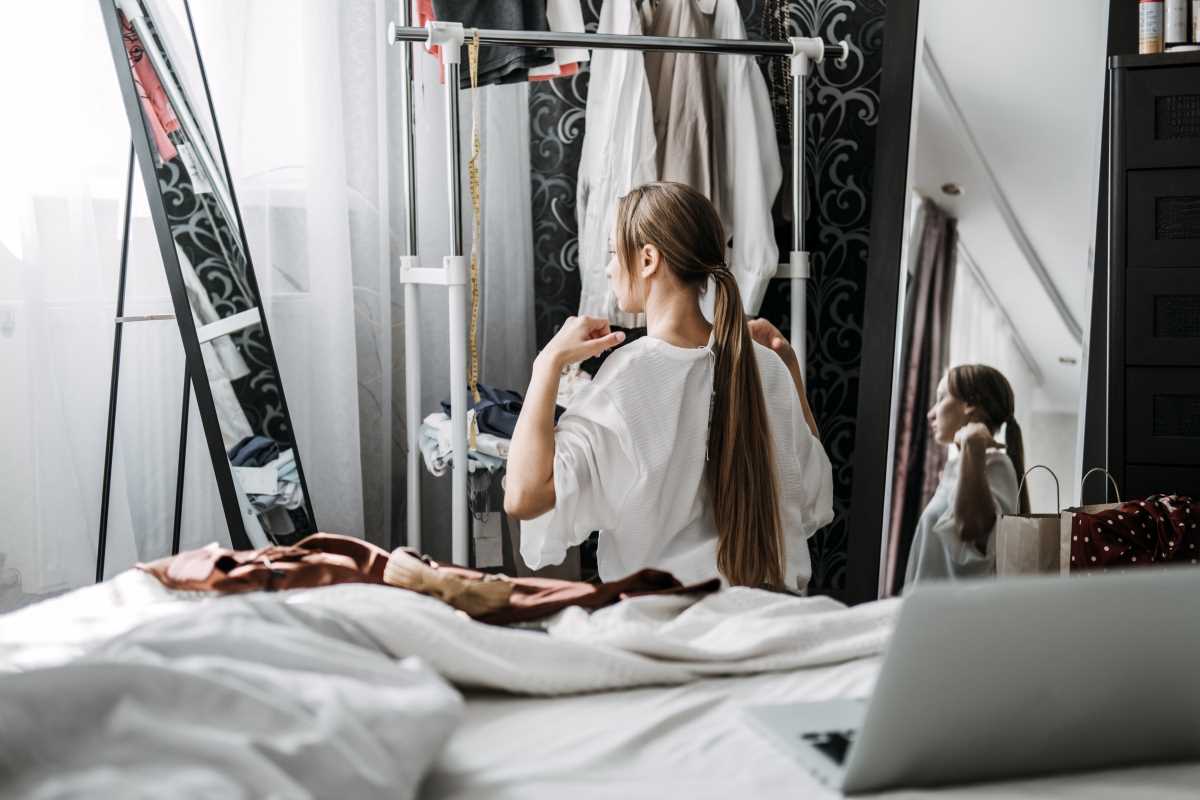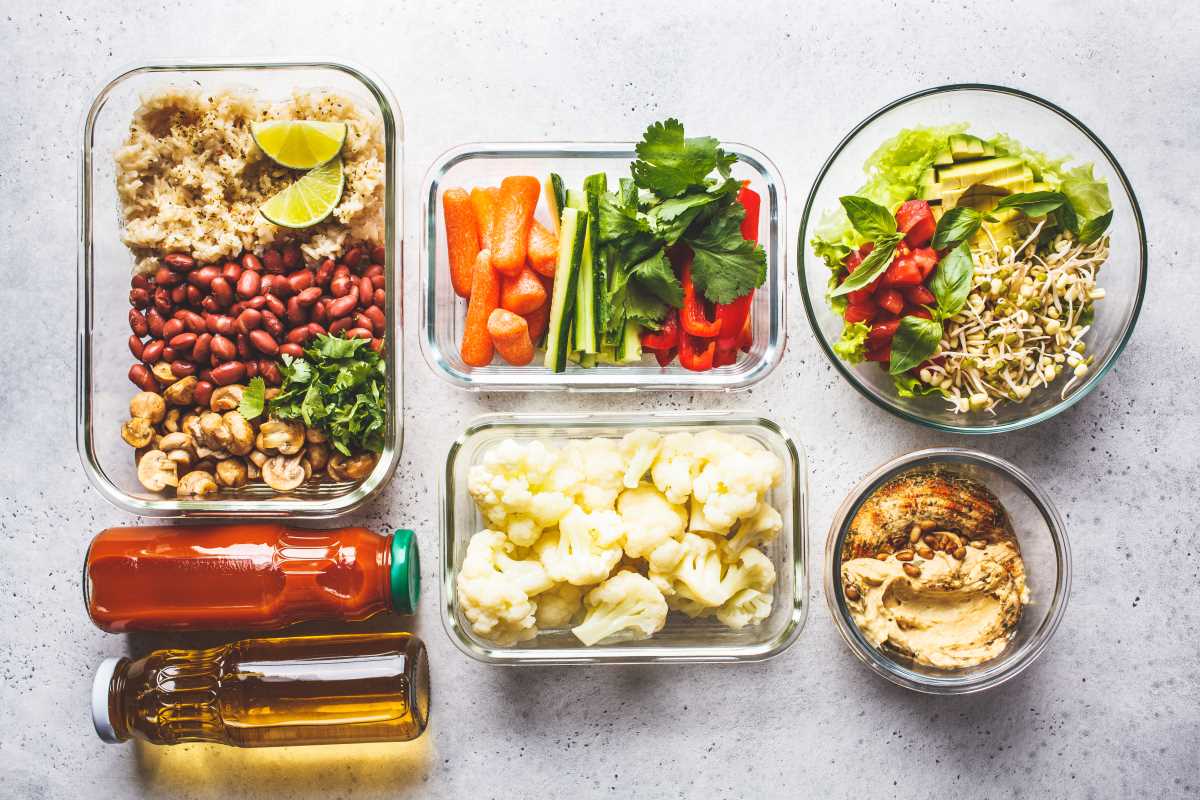Creating art opens up opportunities to break from routine and invite new experiences into your day. With only a few materials and a sense of curiosity, you can start exploring color, shape, and texture, no matter your skill level. Whether you pick up a brush for the first time or return to a favorite sketchbook, making art provides a refreshing break that renews your creative spark. Setting aside just a bit of time for drawing or painting allows your mind to wander and helps your senses recover from hours spent on screens. Enjoy the satisfaction of expressing your ideas in a way that brings joy and encourages self-discovery.
Discover Your Personal Muse
Find out what sparks your interest by looking beyond traditional art forms. Maybe you’re drawn to the rhythmic scratch of charcoal on paper, or perhaps arranging found objects in small sculptures appeals to you. Reflect on memories that felt vivid—perhaps a childhood trip beside a bubbling creek or a city skyline shimmering at dusk. Those impressions offer clues to themes and textures you can explore.
Seek inspiration from unlikely corners: street murals, botanical gardens, even the way sunlight scatters through a windowpane. Keep a small notebook or phone journal to jot down phrases, sensations or colors that catch your eye. Over time, you’ll notice patterns that point to the subjects and mediums ready to ignite your imagination.
Transform Your Space into a Studio
- Choose a Dedicated Corner
- Purpose: Ensure a quiet, well-lit workspace.
- Steps:
- Select a spot with natural light and minimal foot traffic.
- Clear clutter by storing unrelated items in baskets.
- Add a small folding table or sturdy tray for supplies and position a lamp for evening work.
- Cost: Under $20 for basic organizers.
- Insider Tip: Mount magnetic strips on the wall to store metal tools like palette knives off the work surface.
- Install Portable Storage
- Purpose: Keep supplies organized and easy to move.
- Steps:
- Use rolling carts or drawer units that fit under tables or beside chairs.
- Label drawers for paints, brushes, and sketching materials.
- Store heavier items on bottom shelves, lighter items on top.
- Cost: $30–$60.
- Insider Tip: Wrap elastic bands around brush clusters to keep bristles aligned during transport.
- Create a Visual Inspiration Wall
- Purpose: Maintain a rotating source of creative ideas.
- Steps:
- Pin fabric swatches, magazine cutouts, or photos on a corkboard or wire grid.
- Rotate pieces every few weeks to refresh your palette.
- Include a variety of textures and materials.
- Cost: Minimal, using duct tape or decorative clips.
- Insider Tip: Attach small envelopes below the board to store found objects for future projects.
- Invest in Versatile Work Surfaces
- Purpose: Maximize surface utility for different mediums.
- Steps:
- Use a palette board that doubles as a dry-erase surface.
- Incorporate a glass cutting board for clay or beadwork.
- Add removable rubber feet for stability.
- Cost: Under $15.
- Insider Tip: Rubber feet prevent sliding when pressing materials.
- Set Up Curated Tool Kits
- Purpose: Streamline project setup.
- Steps:
- Group tools by theme (charcoal, texture work, calligraphy).
- Store each set in a labeled zipper pouch.
- Include tracing paper in each kit for quick practice.
- Cost: Under $10 per pouch.
- Insider Tip: Keeping tools in themed kits reduces setup time and prevents rummaging.
Use New Approaches to Spark Imagination
Try combining materials—layer watercolor washes beneath ink drawings to create unexpected color shifts. Or press patterned fabrics into acrylic gel to imprint delicate textures onto canvas. These hybrid methods push you beyond comfort zones and teach you how different mediums interact.
Set a simple challenge, like drawing a single object in five different ways: exaggerated proportions, minimal lines, abstract color fields, mixed media layers and silhouetted shapes. Take a quick photo of each result. Seeing the same subject through diverse lenses helps you develop a distinctive style and reveals techniques you enjoy most.
Bring Community Vibes into Your Home
Connect with local creative people to elevate your experience. Organize a monthly swap: everyone brings a small piece of their work and trades it with a neighbor. You’ll build encouragement without pressure, witness fresh interpretations of similar themes and walk away with original keepsakes for inspiration. This mini-exchange breaks isolation and strengthens bonds without needing a formal gallery.
Host small workshops in your apartment hallway or backyard. Invite a friend who practices paper quilling or fabric dyeing to show beginner steps in a short demonstration. Keep sessions under an hour and rotate hosts so each person shares their specialty. Sharing techniques face-to-face sparks curiosity and offers hands-on feedback in a cozy, supportive environment.
Try These Interactive Projects Today
- DIY Collage Night
- Purpose: Create a theme-based collage from repurposed materials.
- Steps:
- Choose a color palette.
- Cut shapes from old magazines, fabric scraps, or ephemera.
- Layer pieces and secure with glue.
- Add pen details for emphasis.
- Work on a large sheet of craft paper to catch scraps.
- Cost: Free if using materials from home.
- Insider Tip: Use double-sided tape runners to avoid glue wrinkles and speed up placement.
- Mini Zine Creation
- Purpose: Make a small, foldable publication to share stories or art.
- Steps:
- Fold a single sheet of paper into an eight-page zine.
- Add sketches or micro-stories to each page.
- Use colored pencils or markers for a vibrant look.
- Scan and share digital copies with friends.
- Cost: Under $5 for a ream of paper.
- Insider Tip: Lightly number pages in pencil before creating to ensure the correct order when unfolded.
- Painted Rock Tokens
- Purpose: Turn smooth stones into decorative keepsakes.
- Steps:
- Collect and clean smooth stones.
- Apply a base coat of gesso or white acrylic.
- Sketch designs such as symbols, words, or landscapes.
- Seal with matte varnish.
- Cost: Minimal, mainly varnish.
- Insider Tip: Use a fine-tipped stylus for details and light-catching dot patterns.
- Textured Printing Plates
- Purpose: Create raised designs for custom prints.
- Steps:
- Press string, bubble wrap, or lace into modeling paste on a stiff board.
- Let the paste dry completely.
- Roll ink or paint over the raised surface.
- Press paper onto the plate for prints.
- Cost: Around $10 for paste and board.
- Insider Tip: Lightly sand the dried paste before inking to smooth edges and prevent paper tearing.
- Collaborative Story Map
- Purpose: Build a shared illustrated adventure.
- Steps:
- Lay a long strip of paper across a table.
- Have each participant illustrate one scene.
- Pass colored pencils and watercolor markers around.
- Add speech bubbles or sound effects.
- Display the completed map on a wall.
- Cost: Minimal—just paper and shared markers.
- Insider Tip: Assign a “weather artist” to create consistent skies and backgrounds for scene continuity.
Design a personal art space, experiment with new techniques, and invite others into your creative world. You will find endless ways to refresh your routine. Use each session to learn about different materials, play freely and celebrate your developing style. Let this journey keep your imagination active and your perspective broad.
Keep experimenting with new combinations and enjoy the passion that art brings each day.
 (Image via
(Image via





